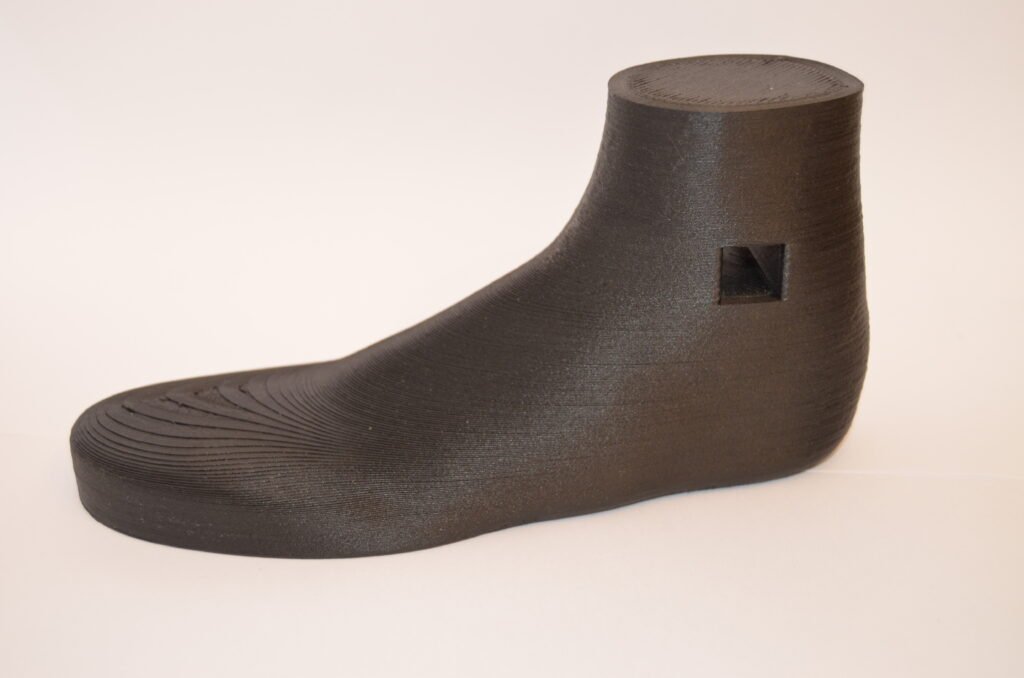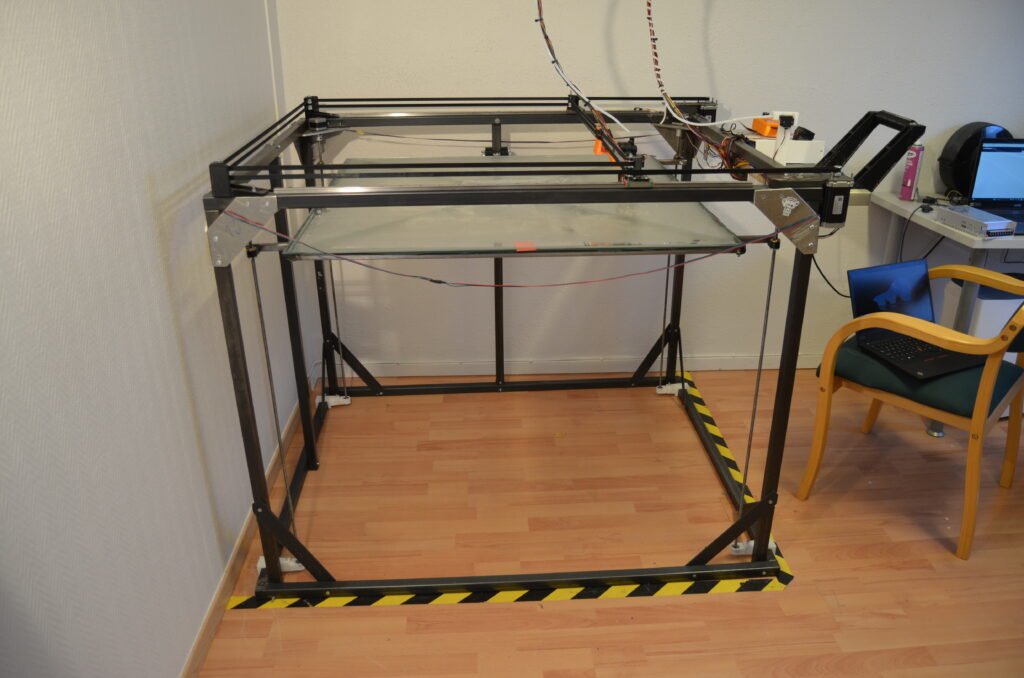
Our Products
Engineered with machine precision and efficiency, delivering comfort for every patient.

Positive molds
High-temperature positive molds, perfect for molding under high pressure and heat. We use carbon fiber nylon material to ensure no warping or deformation.

Orthosis
We produce hand braces with an organic root design for superior comfort. These braces are suitable for swimming and showering, promoting breathability and preventing trapped moisture, allowing the skin to breathe and sweat naturally.

Clear Leg Socket
Clear PETG 3D-printed leg socket, ideal for trial fittings to locate pressure points.

Custom Print Jobs
We are specialized in orthotic printing, but we also provide printing, scanning and modeling services for others who might require them.
FAQ
What products do you offer?
We offer a variety of different products, including positive molds of feet, hands, and legs, all suitable for vacuum forming. We also make hand braces for sports injuries, as well as full casts for broken arms or legs with a special webbed design for added comfort. Additionally, we produce clear and non-clear leg sockets that are comfortable, strong, and see-through, making it easier to locate pressure points that may cause discomfort for the user.
how does your 3D printing process work?
The first step of the process is to 3D scan the body part in need of the orthopedic device. After the 3D scan is complete and we’re satisfied with the scan, we further model and shape it in a 3D modeling software. The next step is to convert the 3D model in a slicer, which is a program that breaks down a 3D object file and prepares it for 3D printing. Finally, the last step is to remove the print from the build plate and remove support structures and stringing. Now, it is ready to be shipped to the customer.
What are the benefits of using 3D-printed orthopedic devices?
The biggest advantage of 3D-printed orthopedic devices is machine precision. A 3D printer is essentially a CNC machine with a nozzle instead of a drill bit. The printing accuracy only matters as much as the accuracy of the model, and since the orthosis is based on a one-to-one 3D scan of the patient, it is sure to be precise and fit perfectly.
Do you work with medical centers and private practices?
We have worked with several different private practices, delivering a variety of products. We collaborated with Klaveness Footwear AS on R&D for 3D-printed foot soles. We have also partnered with Teknomed AS on positive molds and the development of clear leg sockets.
What materials do you use for your products?
We use a wide variety of materials, with PETG being the most common for printing braces and leg sockets. PETG is available in a clear version and is similar to PET, the plastic used in drinking bottles. For our positive molds, we use carbon fiber nylon, a high-performance material with a tensile strength of 8,340 psi and a melting point of 180°C. This ensures that it can withstand the high temperatures and vacuum conditions during molding without losing its shape.
How long does it take to receive a custom-made product?
As soon as the customer sends us a 3D scan of the foot or arm, we can start our modeling process and complete the product in about 3 days. This does not include shipping, which may take up to a week to receive.
Do you offer international shipping?
We support international shipping and work hard to ensure that our products are well-received and in good condition when they arrive at their destination
How do I place an order or request a consultation?
The best way to contact us is through our Gmail, which you can find on our contact page. You can also reach us via the provided phone number.
© 2022 All Rights Reserved.

